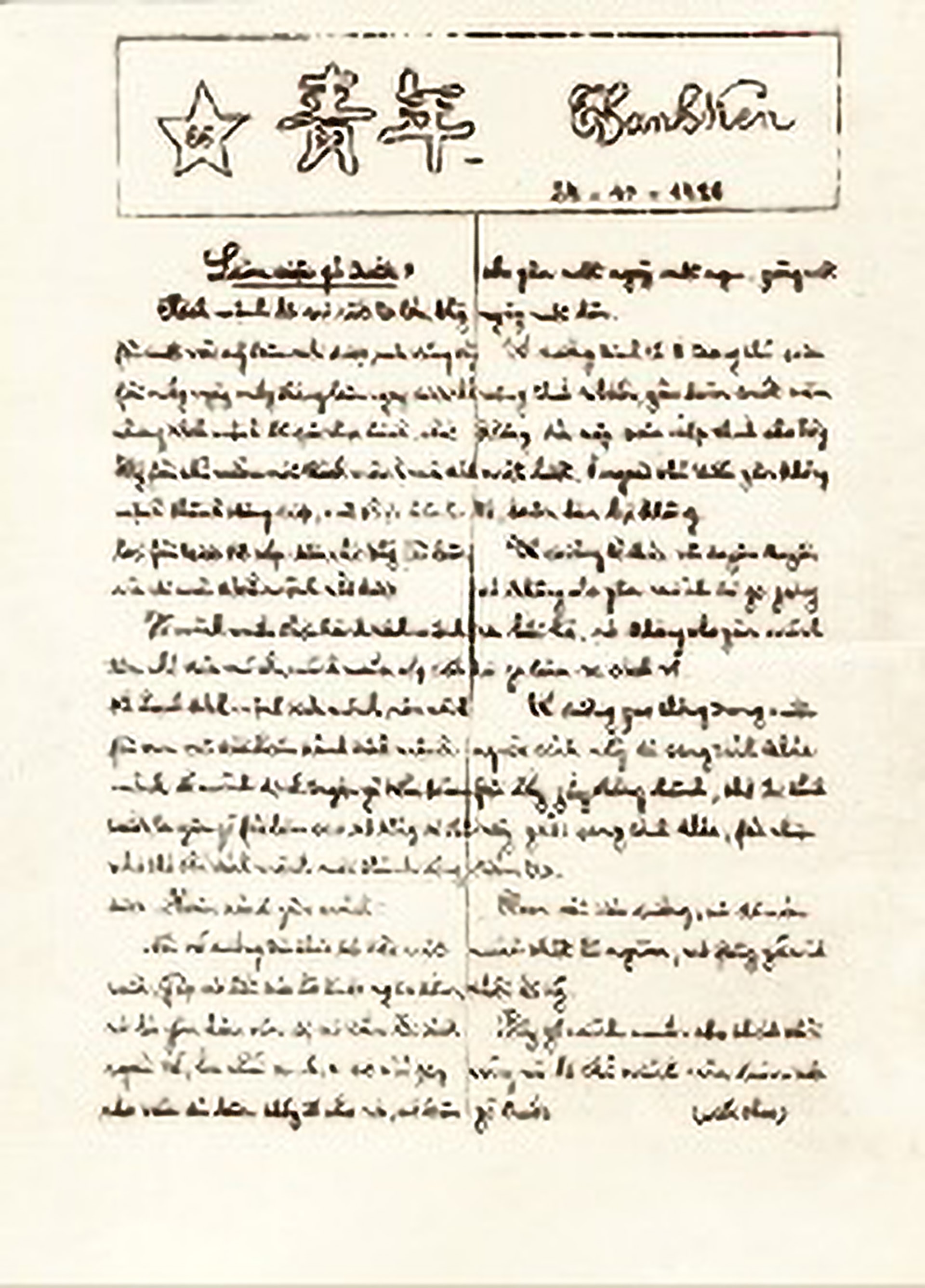
From the dawn of revolutionary journalism
A century ago, the Vietnamese revolutionary press was born in the context of the country being colonized, the people living in oppression and exploitation. In that context, the press carried on its great mission: propagating revolutionary ideals, enlightening the masses, calling for patriotism and fighting for national liberation. The newspaper “Thanh Nien” was born on June 21, 1925, founded by leader Nguyen Ai Quoc, and was the first newspaper to open the revolutionary press. The readers at that time were patriotic youth, workers, farmers, students… yearning for a way to escape slavery.
During this period, readers not only received information but were also willing to “pay the price” to keep and pass on precious newspapers. In the memories of veteran cadres, reading newspapers in the dark, hiding them in rice bags, in shirt pockets, or secretly passing them around was a common occurrence. A copy of “Liberation Flag” or “Truth” was not just a piece of news, but a revolutionary weapon.
Right in Hai Duong - a land with a tradition of patriotism and revolution - a force of readers attached to the press was soon formed. Pre-insurrection cadres once said that if only one person knew how to read, the whole village could "read" the newspaper: Some read aloud, others listened, then discussed and shared. At that time, readers were comrades, soldiers on the same ideological front.
The formation of newspaper columns during this period was simple, but full of power. The sections "Revolutionary Activities News", "Heroic Mirror", "Lessons from the Soviet Union", "Uncle Ho's Appeal"... were eagerly awaited by readers. The articles did not polish the language but put all their heart into arousing patriotism and revolutionary ideals. "At that time, the whole neighborhood had only one small newspaper, while movies were only shown once a month, and cultural performances were only performed once every few years, so when I had a newspaper in my hand, I read every word, even details like cufflinks and printing places, I also read", Meritorious Artist, Teacher Khuc Ha Linh, 80 years old, shared about the "thirst" for information during that period.
Readers change in the innovation period
Entering the period of resistance against the US, unifying the country and especially since the renovation (1986), Vietnamese press entered a period of strong development in both content and form. Readers also gradually changed according to the pace of life and new social demands.

The development of various forms of journalism: print, radio, and television has expanded the scope of reaching readers. Newspapers such as “Nhan Dan”, “Quan Doi Nhan Dan”, “Lao Dong”, “Tuoi Tre”, “Thanh Nien”… have gradually formed their own groups of readers: workers, farmers, intellectuals, businessmen, civil servants…
Columns have also become more diverse, associated with each group of readers: “Readers write” (reflecting people’s opinions), “Law and life”, “Business - Entrepreneurs”, “Health”, “Smart consumption”, “Youth’s confidences”, “Expert perspective”… appear more and more. Each column is a “door” for readers to accompany the press.
In Hai Duong, since the establishment of the newspaper “Tin Hai Duong” to “Hai Duong Moi” and later “Bao Hai Duong”, local press has also joined this flow. Readers not only receive but also actively send letters, call, give comments, and even criticize through newspaper forums. Readers have become a subject in the journalism process. Articles from people's reflections have prompted authorities to take action.
The press audience during this period began to show clear stratification. They demanded information that was fast, accurate, in-depth, and connected to real life. Newspapers that knew how to listen, change their writing style, and presentation to “say exactly what readers care about” retained their readers. On the contrary, newspapers that fell into one-way propaganda, stereotyped language, and monotonous presentation were gradually forgotten.
The Challenge of Retaining Readers in the Age of AI
Entering the 21st century, especially since 2010, with the explosion of the internet and social networks, Vietnamese press has shifted strongly to digital platforms. Readers no longer just read printed newspapers, but read anytime, anywhere via phones and tablets. They not only read but also interact, share, respond, and even become “citizen journalists” via social networks.

The picture of modern readers is changing rapidly. According to statistics from the Ministry of Science and Technology , Vietnam currently has more than 77 million internet users, with tens of millions of people reading news through e-newspapers, news apps, YouTube, TikTok, etc. The concept of “loyal readers” is increasingly rare. Readers today “float” between platforms, wherever there is attractive content, fast updates, and meets their needs, they stay.
Mainstream journalism is facing fierce competition from non-traditional news channels, even from artificial intelligence (AI). The emergence of automated news generation tools, deepfakes, and distorted content online poses an urgent need: Journalism must “regain trust” from readers through accuracy, humanity, and social responsibility.
Hai Duong readers today no longer only read printed newspapers. Hai Duong e-newspaper, Hai Duong Newspaper Fanpage, Hai Duong Television, YouTube channels... are becoming familiar "addresses". From retirees reading the morning newspaper, to young people surfing the news on TikTok, from businesses following the "Digital Transformation" column, to farmers watching videos on clean production instructions, all show a generation of readers who are diverse, intelligent and always "thirsty" for innovation.
It is worth noting that despite changes in technology, the nature of readers remains the same: they need honest, relevant, and useful information. Investigative series, humane columns, and sharp critical writers always have a place. For example, the columns “From Readers’ Information”, “Readers’ Opinions”, “People Ask – Government Responds”… of Hai Duong Newspaper and Radio and Television Station are clear evidence of the transformation between information and action.
"The press is facing the challenge of having to innovate content to suit digital readers, while maintaining political integrity, standards and accuracy. In the context of social networks spreading information quickly but easily distorted, the mainstream press needs to affirm its role as a reliable gatekeeper of information," said Chairman of the Hai Duong Provincial Journalists Association Vu Van Uy.

100 years ago, revolutionary newspaper readers were willing to sacrifice to protect each newspaper. They were soldiers. 50 years ago, readers stuck with newspapers to learn, trust and contribute to building a new society. They were companions. Today, modern readers are digital citizens, agile, challenging and demanding.
Therefore, it is necessary to emphasize the importance of digital transformation of journalism, from applying AI, big data, multi-platform, to retraining reporters to produce content suitable for the times.
BANKSource: https://baohaiduong.vn/doc-gia-thay-doi-ra-sao-sau-100-nam-413601.html







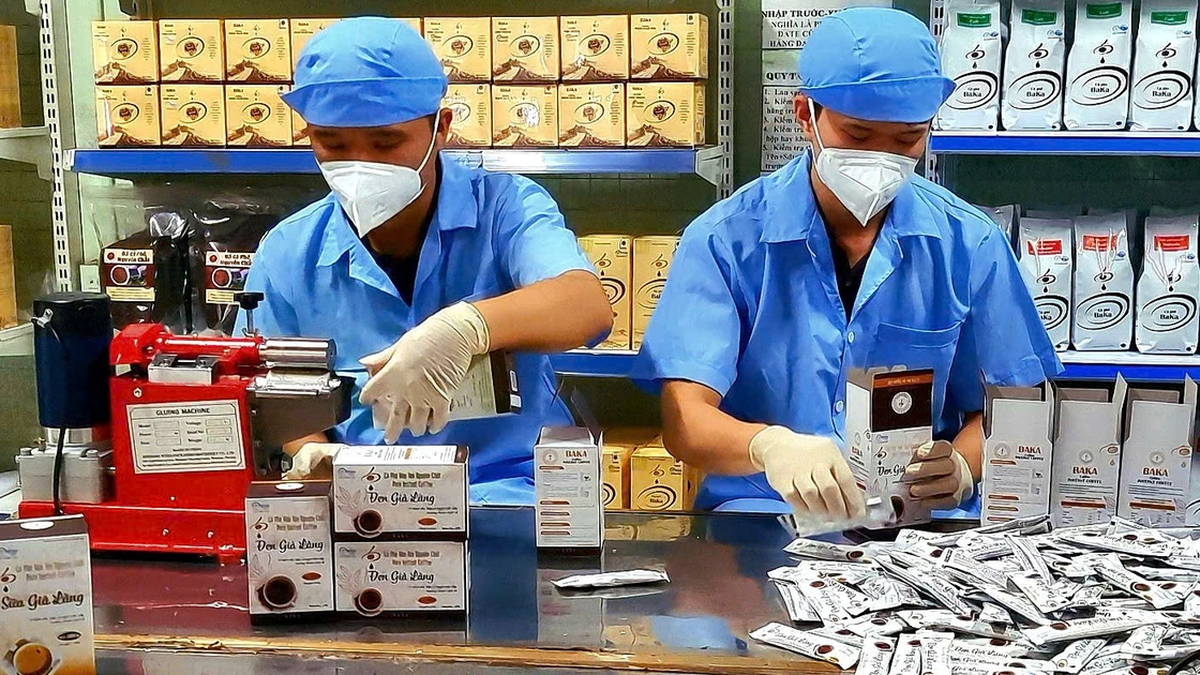
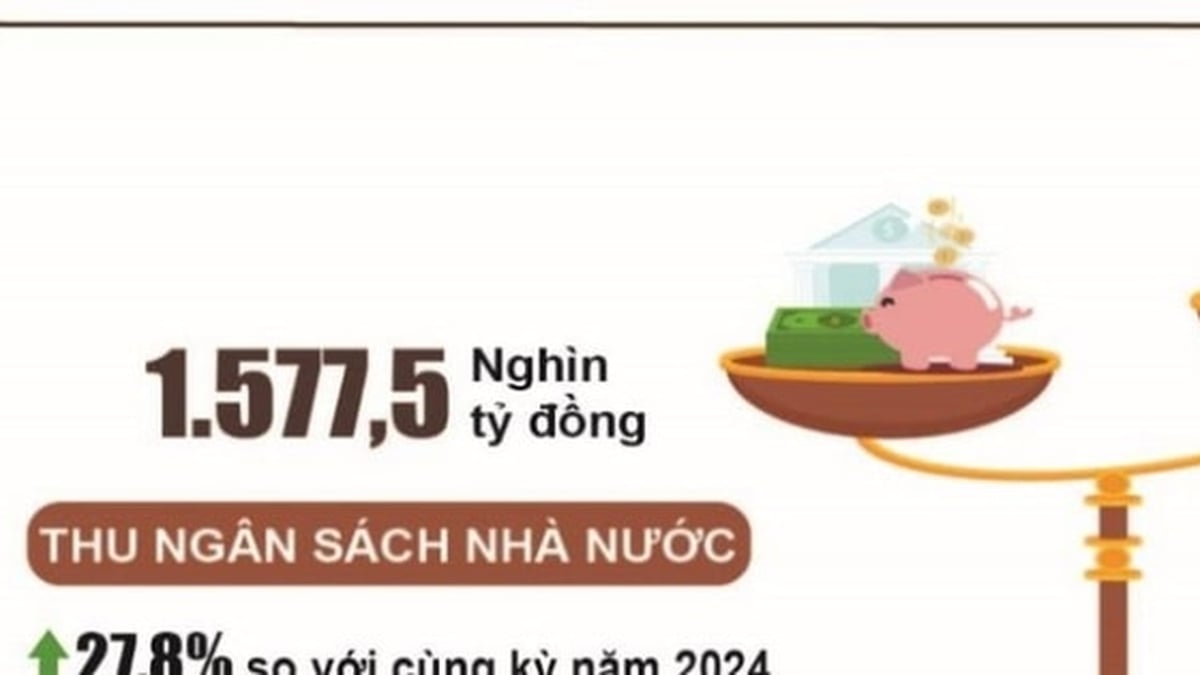
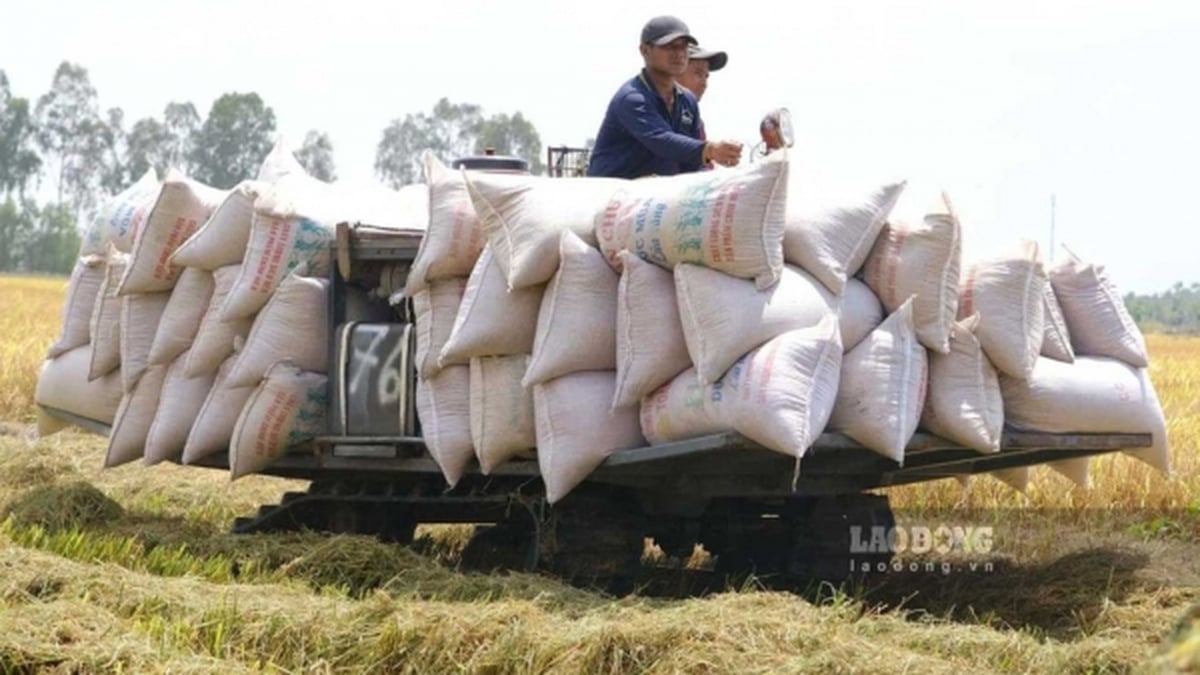





















![[Photo] Nghe An: Provincial Road 543D seriously eroded due to floods](https://vphoto.vietnam.vn/thumb/1200x675/vietnam/resource/IMAGE/2025/8/5/5759d3837c26428799f6d929fa274493)





















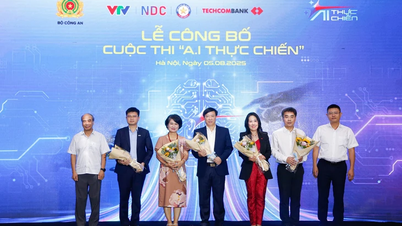
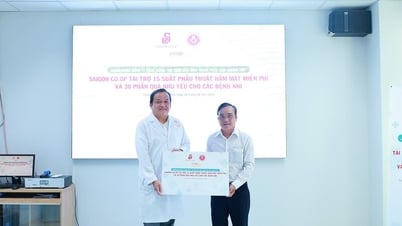












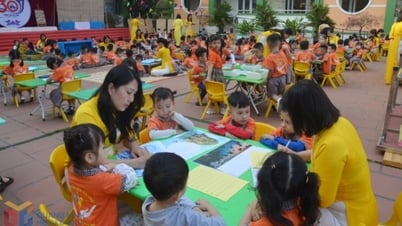





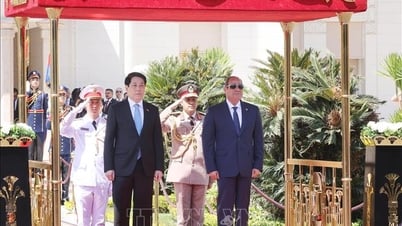


























Comment (0)